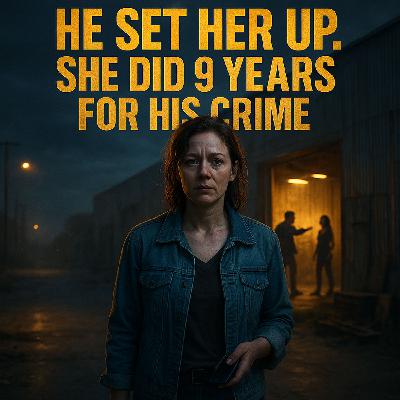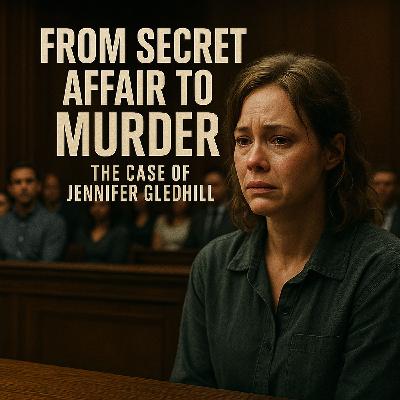The story unfolds with stark clarity on a cold April afternoon in Brooklyn Center, Minnesota, where a routine traffic stop spirals into one of the most consequential police shootings of the decade. It begins calmly, almost mundanely: a loose license plate, expired registration tabs, a trainee officer taking the lead, a veteran supervising. Officer Kimberly Potter, with twenty-six years of experience, is there as backup—steady, procedural, seasoned.
Daunte Wright, just twenty years old, sits at the wheel of his white Buick Encore, unaware of the fatal chain of events already in motion. His girlfriend is beside him, his air freshener swaying gently from the mirror, the cold air turning every breath into fog. In the space of seconds, tension escalates as officers learn of an outstanding warrant. The attempted arrest becomes a struggle, and the struggle becomes a tragedy.
Potter reaches for her Taser—or believes she does. Instead, she draws her Glock 17, cross-draw muscle memory overridden by adrenaline, chaos, and fear. Her warning cry, “Taser! Taser! Taser!” is followed by a single gunshot that rips into the cold air. The Buick lurches away and crashes. Potter’s camera captures her horror: “I grabbed the wrong fucking gun.”
What follows is a cascade of institutional shockwaves. Crowds gather within minutes, protests erupt by nightfall, political leaders scramble, and the city’s top officials resign. Smoke grenades, National Guard lines, burning businesses, and grieving communities fill the days that follow. The story traces the meticulous forensic investigation—body cameras, weapon placement, frame-by-frame analysis that reveals how two weapons separated by mere inches can lead to life-and-death confusion.
The narrative proceeds into the courtroom, where prosecutors build a case around recklessness, negligence, and accountability. Defense argues panic, human error, and Wright’s resistance. Jurors weigh weight differences, holster positions, training records, expert testimony, and a mother’s pain. After four days of deliberation, Potter is found guilty of first- and second-degree manslaughter.
Sentencing emphasizes a painful paradox: a mistake of profound consequence still warrants punishment. Potter receives sixteen months in prison. The city later pays Daunte Wright’s family a multi-million-dollar settlement and reforms its policing policies, ultimately contributing to Minnesota’s statewide legislation restricting pretextual traffic stops—the law now informally known as “Daunte’s Law.”
The story closes not in a courtroom but back at the intersection where it began. A commemorative plaque marks the spot, a small marker for a large tragedy. Flowers return each spring, as if nature insists on reminding the city that accountability, reform, and memory all have long cycles of renewal.
This is a story of a moment—half a second in which intention and action diverged—and the vast moral, legal, and social consequences that followed.

























